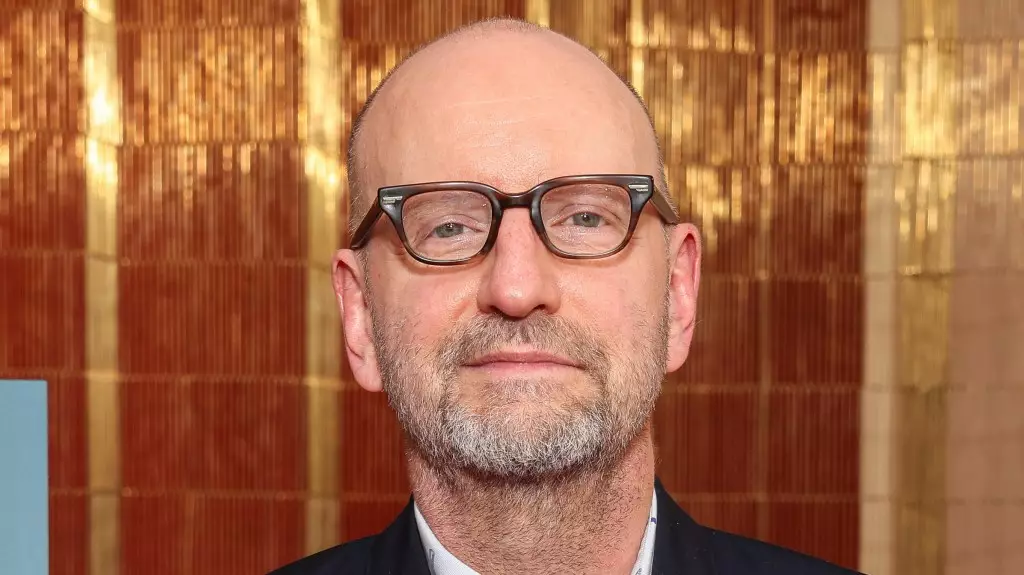Acclaimed director Steven Soderbergh recently shared his thoughts on the prevailing challenges facing mid-budget films, particularly with his latest project, *Black Bag*. Despite the film’s strong reviews and an impressive cast that includes Cate Blanchett and Michael Fassbender, it stumbled at the box office. Soderbergh’s candid reflections resonate with a growing discontent within the film industry. He highlights a troubling trend: the inability to attract audiences for sophisticated narratives that fall outside the realm of colossal blockbusters or horror flicks. This division signifies a profound shift in consumer preferences, creating a barren landscape for complex storytelling.
A Mid-Level Film in Troubled Waters
*Black Bag* centers around two married intelligence agents entangled in a web of personal and professional crises, providing a rich narrative landscape for exploration. Unfortunately, the film’s underwhelming box office turnout—only hovering around breaking even—paints an ominous picture for similar future projects. Soderbergh’s insights underscore the precariousness of this environment: when movies of this caliber struggle to find an audience, it poses a significant risk for filmmakers who wish to explore nuanced, adult themes. The question looms—if established filmmakers like Soderbergh are facing hurdles to engage adult audiences, what hope is there for emerging directors hoping to carve their niche in a similar vein?
The Uncertain Future of Cinematic Diversity
The implications of Soderbergh’s comments are dire. He voices a critical concern about the evolving landscape of cinema: “What’s gonna happen to the person behind me who wants to make this kind of film?” The erosion of mid-tier films jeopardizes not just the careers of veteran filmmakers but also stifles innovation and diversity in storytelling. For the film industry to flourish, a robust ecosystem must support various genres and narratives that authentically represent diverse human experiences. Soderbergh’s assertion that even his iconic works like *Erin Brockovich* and *Traffic* might never see the light of day today is alarming. If such poignant, socially relevant storytelling is sidelined, the cultural tapestry of cinema risks becoming monochromatic.
The Direction of Audience Engagement
Soderbergh advocates for finding ways to entice audiences back to theaters for intellectually stimulating films. His frustration is palpable as he points out that many industry discussions, particularly at studios, revolve around the bleak data that indicates a dwindling audience for mature content. The key takeaway is not just to acknowledge this issue but to actively cultivate a renewed interest in these types of films. A concerted effort is necessary from both filmmakers and distributors to engage potential viewers with targeted marketing strategies that embrace the complexities of adult life.
A Call for Change in the Film Industry
Ultimately, Soderbergh’s candid reflections serve as a rallying cry for both filmmakers and audiences. It’s a call to recognize the value of stories that demand thoughtfulness and engagement, not just visual spectacle. Entertainment is vital to cultural discourse, and the apparent death of mid-level cinema could lead to a future overly saturated with simplistic narratives designed for maximum box-office returns rather than artistic merit. By fostering an environment that supports films meant for mature audiences, the industry can not only protect its history but also pave the way for a richer cinematic future.


Leave a Reply